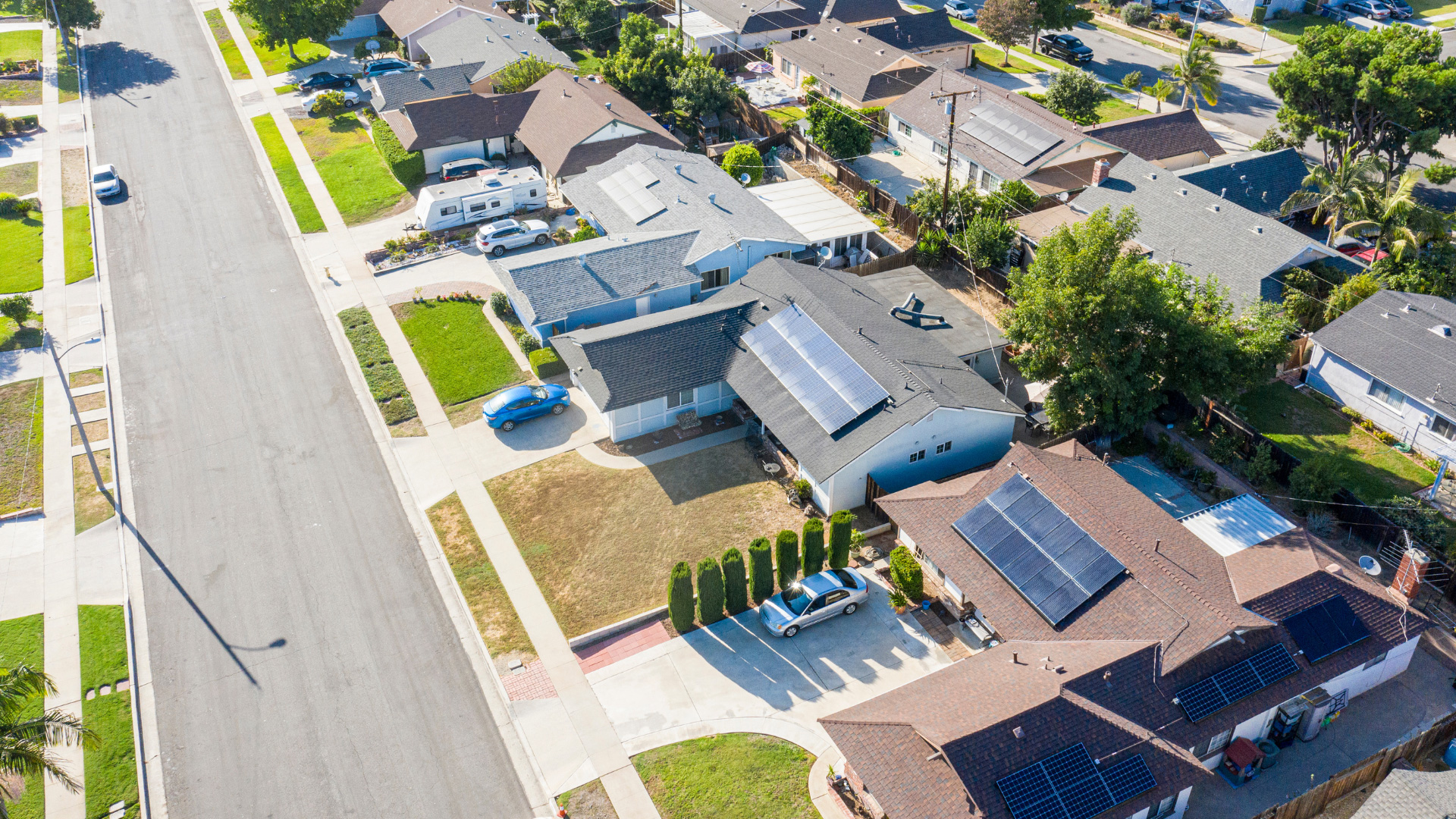When installing solar panels you’ll not only lower your energy bills but have the potential to earn solar tax credits. The U.S. government gives investment tax credits (ITC) to those with solar panels as an incentive to help lower power reliance on the grid and increase the switch to a more sustainable power source.
Keep reading to learn more about what the solar tax credits cover, whether you meet qualifications, and how to calculate yours in 2024.
What Does the Solar Tax Credit Cover?
The solar tax credit covers your panels and everything necessary to make them function. Keep in mind that certain parts of your solar installation, such as repairing your roof before the installation, don’t count for the solar tax credit.
Some of the solar expenses covered by the solar tax credit in 2024 include:
- Solar panels
- Battery power storage
- Solar equipment
- Frames and mounting gear
- Wires and wire harnesses
- Solar controllers
- Power Inverters
- Fuse boxes
- Permits and inspections
- Labor and installation costs
- Related sales tax
Who Qualifies for the Solar Tax Credit?
There are, of course, a few requirements for eligibility when claiming the solar tax credit. To receive solar tax credits, you must:
- Get your panels installed between 2023 and 2033 (before December 31, 2033).
- Own the solar power system. You cannot claim the credit for leased or rented equipment.
- Have the solar power system installed on your property within the United States.
- Only claim the credit for the original installation. The costs of moving or reinstalling solar are not covered.
If you meet all the listed requirements, you are likely eligible for the full 30% of the costs of solar installation as a tax credit in the year that your solar is installed (in this case, 2024).
How to Claim Your Solar Tax Credit in 2024
To claim your solar tax credit, first, your solar installation should be completed. Next, you will need to fill out the IRS Form 5695 while completing your taxes. When filling out the form, you can calculate the total value of your solar tax credit. Include the total cost of your solar installation in the IRS form. You may need to reduce your calculated credit if you are subject to AMT, or alternative minimum tax. From there, you can subtract your solar tax credit amount from your total taxes owed for the year.
This process can be somewhat complicated, so you may want to reach out to a qualified tax professional for assistance. Your solar installer can provide you with any receipts or documentation you need throughout the process.
Start Your Solar Journey With Solar Optimum
Solar Optimum is ready to help you build solar power for your property so you can claim your full solar tax credit. Download our Solar Federal Tax Credit Guide or contact us for more information about how you can start saving with solar.






